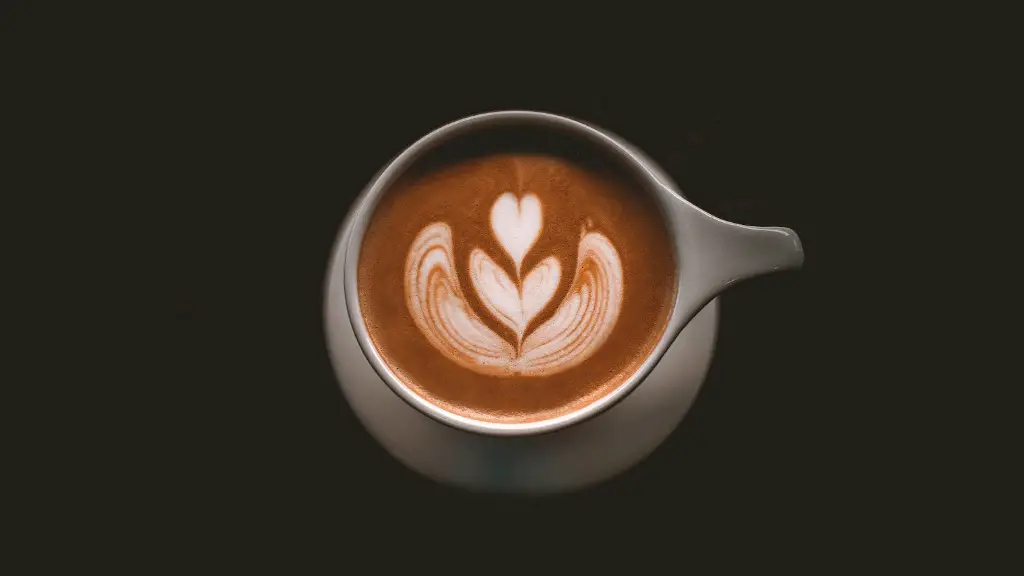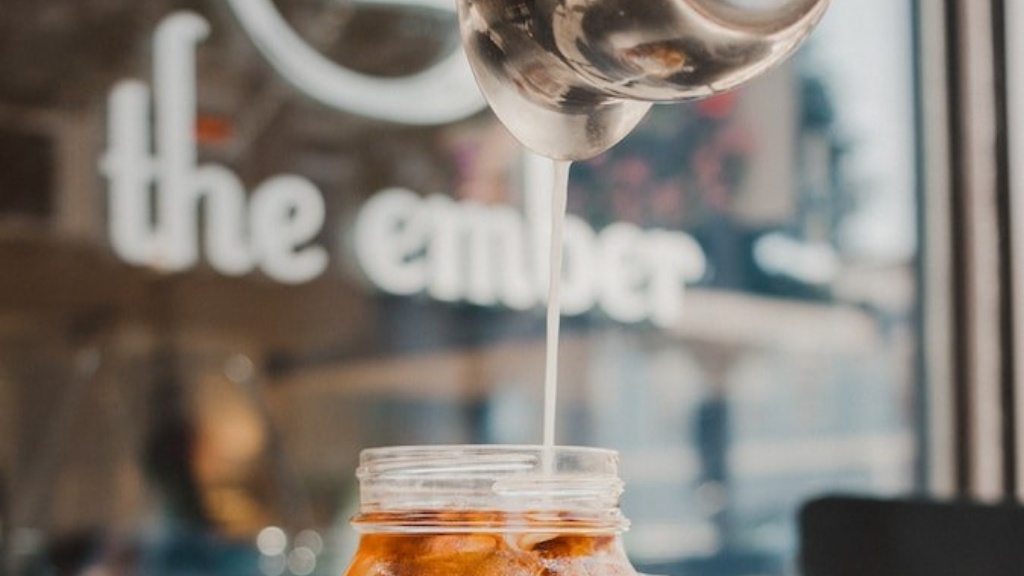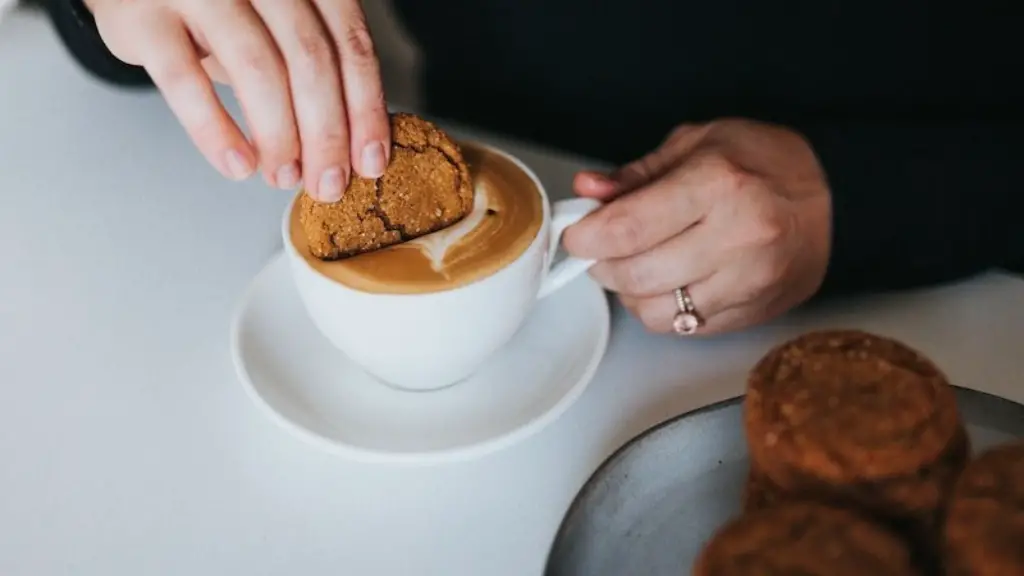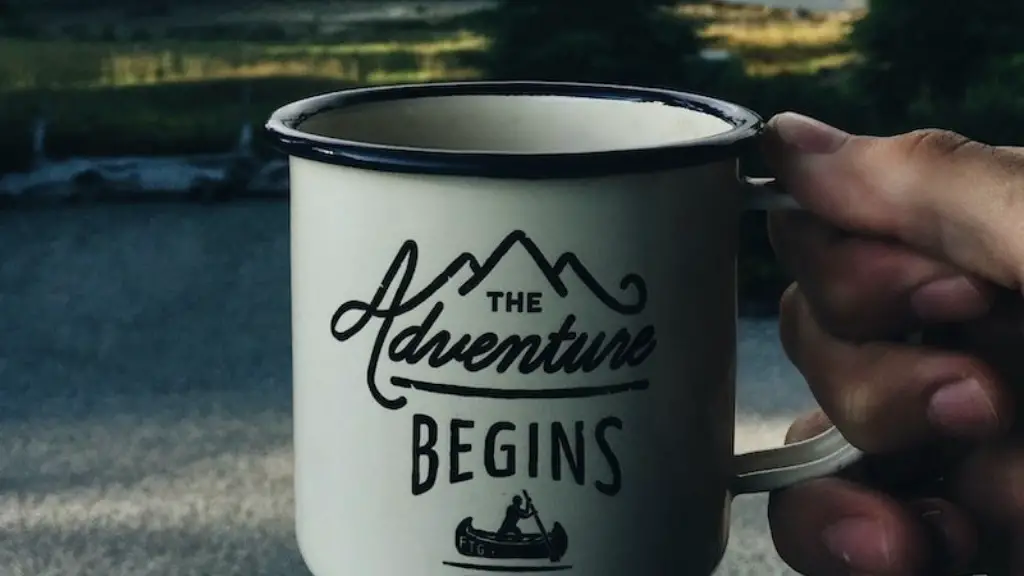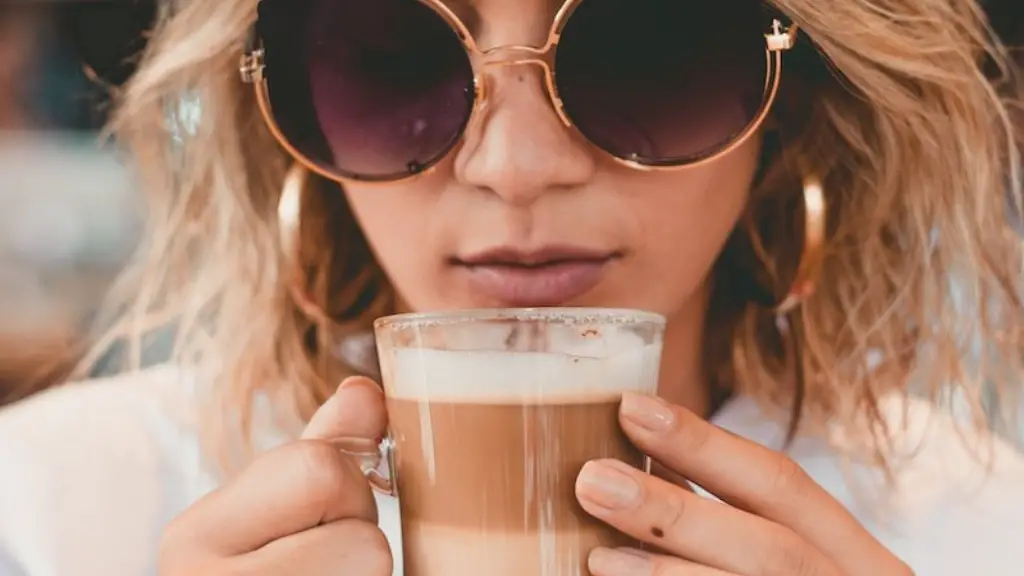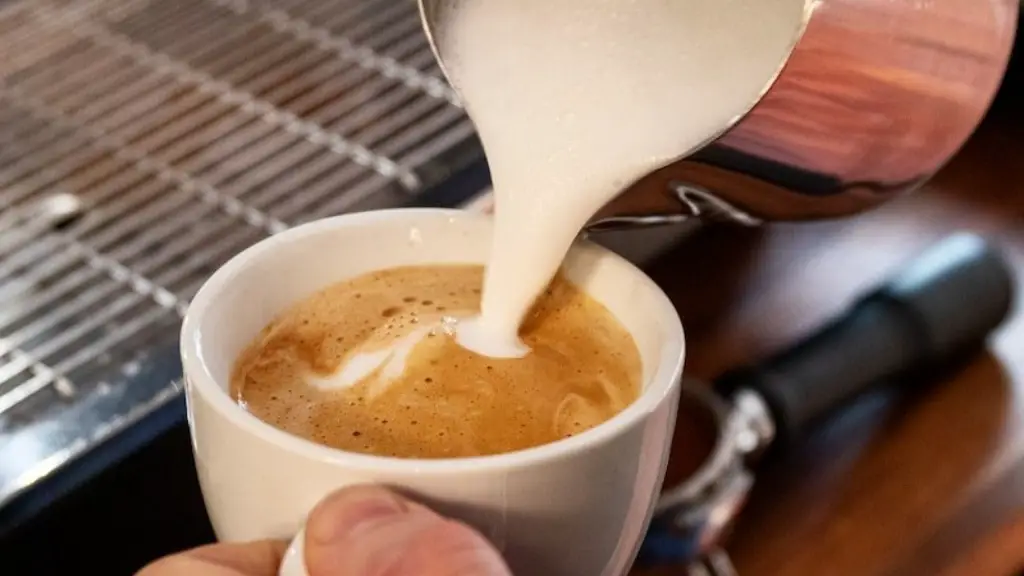Most people use a coffee grinder to grind coffee beans, but did you know that it is possible to grind coffee beans without a grinder? There are a few methods you can use to grind coffee beans without a grinder, and in this article, we will show you how to do it.
There are a few ways to grind coffee beans without a grinder. You can use a food processor, a blender, or even a hammer. If you use a food processor or blender, you will want to pulse the beans until they are the desired consistency. If you use a hammer, you will want to put the beans in a bag and then hit them with the hammer until they are the desired consistency.
Can I grind coffee beans without a grinder?
There are a few ways to grind coffee beans without a grinder. You can use a blender or food processor to get the desired grind. You can also grind beans by hand using a hammer, mortar and pestle, hand mincer, or rolling pin. The grind will be as fine or coarse as you want it to be.
A mortar and pestle is a great kitchen tool for grinding coffee beans. It gives you the most control over the size of the grind, allowing you to grind coarse French Press grounds or ultra-fine grounds with confidence.
Can I use a blender to grind coffee beans
If you’re looking to grind coffee beans for use in a drip coffee maker, French press or cold-brew coffee maker, the first step is to toss a small amount (try 1/4 cup) of beans into the blender. Pulse the beans on medium speed to break them down to your preferred grind. Using a blender generally creates a coarser grind, which is ideal for these methods of coffee brewing.
A mortar and pestle is a great way to get a consistent medium-fine to fine grind on your coffee beans. It will take a little time and elbow grease, but you should get excellent results. Use a food processor to pulse beans to your desired texture. For more consistent results, try blitzing a scant 1/2 cup of whole beans at a time.
What can I substitute for a coffee grinder?
There are many different ways to grind coffee beans, but these five methods are some of the most popular. 1. Mortar and Pestle: Traditionalists and pharmacists have used this method over the years to grind spices, medicines and herbs into fine powder. 2. Standard Blender: A normal home blender is a great coffee grinder alternative. 3. Rolling Pin: A rolling pin can be used to grind coffee beans into a coarse powder. 4. Hammer: A hammer can be used to break the coffee beans into smaller pieces. 5. Knife: A knife can be used to chop the coffee beans into smaller pieces.
Manual coffee grinders are often seen as producing better tasting coffee than automatic grinders, because manual grinders don’t heat up coffee beans during grinding. Automatic grinders, on the other hand, often grind at high speeds, which can slightly increase the coffee’s temperature for a short time.
Can I grind coffee beans in a magic bullet?
You can grind coffee beans with your Magic Bullet, but you may get a better result with a manual coffee grinder that has actual grinder settings.
Pulsing your coffee in the food processor might work better than the blender because the beans have extra space to move around, resulting in a more even grind. However, while your food processor can help you in a pinch, if you’re a big coffee lover, you might want to invest in a grinder.
Can you use a blender instead of a coffee grinder
Adding any fluid into a coffee grinder will reduce the quality of its grind. A blender, on the other hand, mixes two or more substances. However, it does not perform any grinding action. Furthermore, you need to use some fluids in a blender for it to produce perfect results.
The main difference between a grinder and a blender is that a grinder breaks down solid food items into small particles, whereas a blender chops, mixes, or purees food. Both devices are useful for preparing food, but each has its own specific purpose.
A grinder is typically used to grind meat, coffee beans, spices, or ice. The blades of a grinder are sharp and spin quickly, making it ideal for breaking down solid food items into smaller pieces.
A blender, on the other hand, is typically used to chop, mix, or puree soft or cooked food items. The blades of a blender are not as sharp as those of a grinder, and they also spin more slowly. This makes a blender less effective at breaking down solid food items, but better at chopping, mixing, or pureeing soft or cooked food.
Can you grind coffee beans at Whole Foods?
If you don’t have a grinder or blender/food processor, you can still get your coffee fix. Both Whole Foods and Trader Joe’s have grinders available for use if you purchase their beans in-store. Coffee chains, including Starbucks and Philz Coffee, will also gratuitously grind your beans for you upon purchase. So no need to worry if you don’t have the right equipment at home – you can still enjoy a fresh cup of coffee.
There are a few reasons for this. First, whole coffee beans have a longer shelf life than ground coffee. This is because coffee beans are protected by their hard shell; once the beans are ground, they’re exposed to oxygen and other elements that can cause them to go bad more quickly. Second, grinding coffee beans yourself takes time and effort; most people are willing to pay a little extra to have someone else do the work for them. Finally, the price of coffee grinders can be quite high, which means that the initial investment in equipment can be a significant barrier to entry for many people.
All of this being said, there are some circumstances in which you might be able to find whole coffee beans for less than the price of ground coffee. For example, some specialty coffee shops sell their coffee beans in bulk at a discount, and online retailers sometimes offer sales on coffee grinders and other coffee-making equipment. So if you’re willing to do a little research, you might be able to find a great deal on whole coffee beans. Just don’t expect to save a lot of money by grinding them yourself!
Why do you spray coffee beans before grinding
There are many reasons why people are encouraged to spray coffee beans prior to grinding, but the main reason is because it reduces the amount of static. By reducing the static, you have less coffee grounds sticking to the side of your portafilter or grinder, so you use all of the grounds and create less mess.
It will take on average one minute to hand grind the coffee beans for one cup of coffee. The time it takes to grind the beans will vary depending on the type of grinder you are using, the size of the grind, and the strength of your coffee.
How many beans do I grind for 8 cups of coffee?
We measured 7 Tablespoons or ~40 grams of light roasted, whole bean coffee (1 Tablespoon ≈ 6 grams) for making 6 cups.
We recommend 10 Tablespoons or ~ 60 grams of coffee for making 8 cups.
We think 14 Tablespoons or ~80 grams of coffee is a good starting point.
You want to make sure the legs stay in the same position and don’t cross over each other.
Can I use a pepper grinder to grind coffee beans
If you’re a coffee lover, you know that fresh coffee is the best coffee. A coffee grinder is the best way to ensure that your coffee is always fresh, but if you’re in a pinch, your pepper grinder can do the job. Just be sure to clean it out afterwards so you don’t end up with coffee-flavored pepper!
Using a knife to grind coffee beans is not recommended as it is very difficult to get a consistent grind. It is much easier to use a coffee grinder.
Conclusion
There are several ways to grind coffee beans without a grinder. One way is to use a mortar and pestle to grind the beans into a powder. Another way is to use a food processor or blender to pulse the beans into smaller pieces. Finally, you can put the beans into a bag and crush them with a rolling pin or other heavy object.
If you don’t have a coffee grinder, you can still grind your coffee beans. All you need is a blender. Pour your beans into the blender and put it on the pulse setting. Blend the beans for 10-15 seconds. If you need a finer grind, blend the beans for longer.
